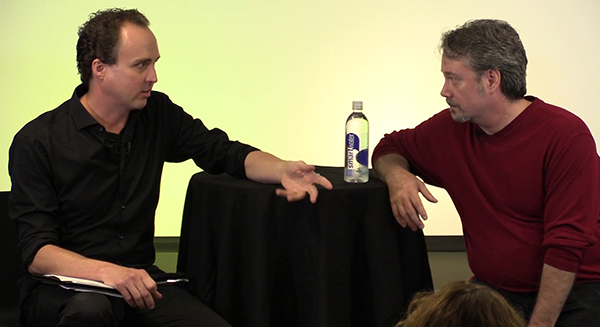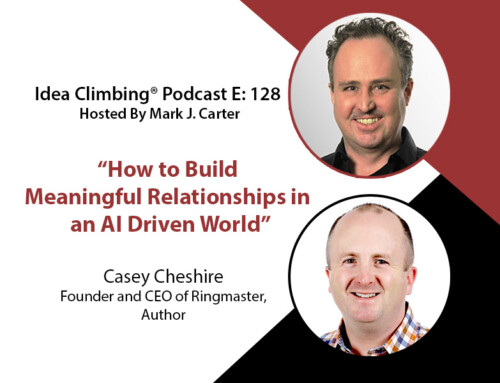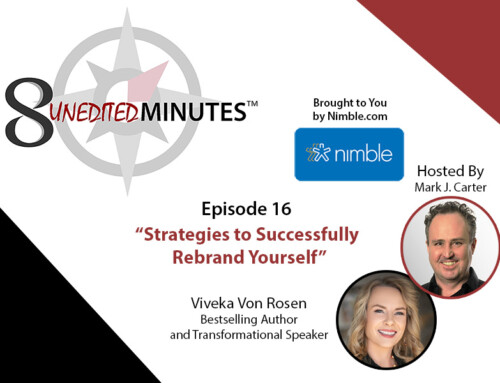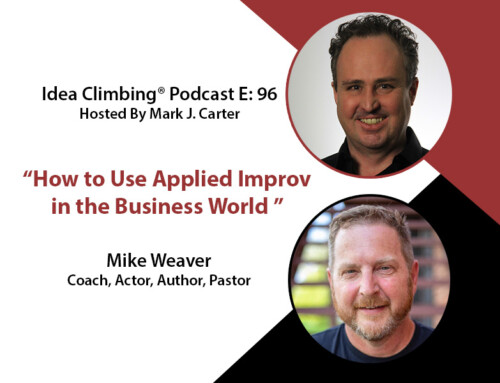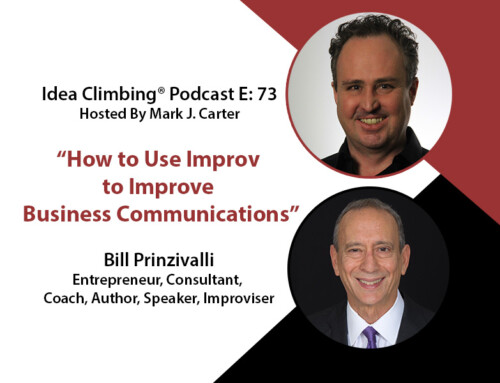The improv world and business world have a LOT more to learn from each other than most people realize; this fact dawned on me when I first volunteered for The Chicago Improv Festival (CIF) in 2007. Since then I’ve helped with three other CIF’s, taken a year of training at The iO Theater (iO Chicago), integrated improv into all of my business presentations and now serve on the board of Chicago Improv Productions (I geek out and dive in when I find something I love).
I started creating events to bridge the gap between the business and improv worlds and my first fireside chat was with Jonathan Pitts; the founder of the Chicago Improv Festival. Here’s a few lessons we learned with the audience during our conversation (and they’re in the video below – the video has a couple stories not in the copy below).
Here they are…
YES, AND…
This is the most famous rule of improv with a LOT of meaning behind it. During our conversation Jonathan told the audience that “Yes, And…” is being in agreement with the moment. It’s realizing what you’re doing in that moment “Yes, I’m at a networking event and I’m here to meet people” “Yes, I’m in a room with 26 people and I’m giving a presentation”. You’re there, you’re not pushing away from or denying it and you’re open to it and whatever conversations happen in that moment. That’s the starting point. Then you have to be…
LISTENING
Think about the last networking event you were at. Think about what MOST people do at networking events: They immediately launch into their “elevator speeches” OR they wait for you to give yours all the while anticipating and planning on giving theirs to tell you all about themselves.
When improvisors are on the stage they’re waiting to hear what the other person says so they can REALLY create a conversation which creates a scene which creates an experience for the audience. This means they’re REALLY listening to the other person. When you start with “Yes, And…” in a business conversation you acknowledge the other person… And then build on what THEY say and stay interested in THEM. You don’t turn the conversation back to yourself. How? You listen and then engage in…
RESPONDING
If you are truly interested in someone else you want to learn more about them – you ask them to dive deeper into what they just said. On stage when one improvisor sets up a scene by saying “MAN, that was a long flight to the moon…” another improvisor builds a scene so the audience can learn why they’re on the moon and what they’re doing. In a business conversation when someone tells you what they do, find out why they’re in that field and how they got there.
KEY POINT: There’s a big difference between “responding” and “reacting”. A knee jerk reaction isn’t always the best response. Jonathan tells us that the difference between a reaction and a response is one breath. Take a few seconds, breath, then choose a response. If you’re in an elevator (for an actual “elevator speech”) you still have two seconds to breath before talking.
How have YOU experienced improv in your daily business life? What kind of (good or bad) conversations have you experienced when people REALLY listened (are really didn’t)?
